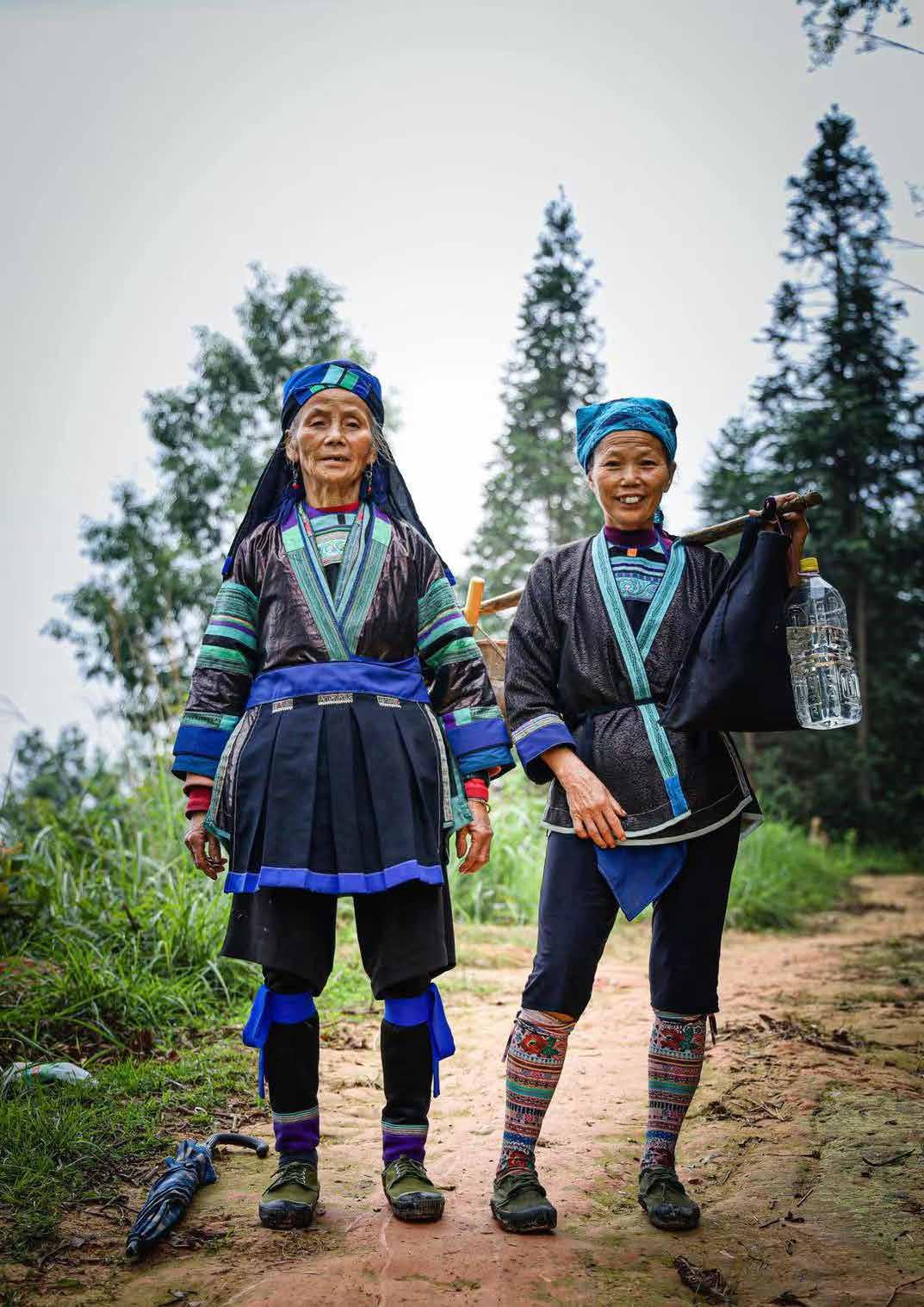
21 minute read
FIGHT NIGHT
I Competed in a Pro Muay Thai Competition in China… and Lived to Tell the Tale
By Lars James Hamer
Advertisement
As I’m standing barefoot on the hard concrete, I hear the emcee call my name and begin the ascent onto the stage. Hundreds of people are crowding around the small metal barriers, stopping them from spilling into the ring. Head to toe in traditional Muay Thai garb, I turn to my coach and say: “I’m going to knock this guy out.” I couldn’t have been more wrong. Living in China brings about countless opportunities for foreigners. From making a bogus speech at a Chinese company meeting to impersonating an antique buyer, these random gigs are always an adventure.
I once starred in a Chinese rent-a-car commercial, despite not being able to drive and never acting a day in my life. I had only been in China for six months when my colleague said her friend was looking for someone to help with some filming.
I thought I’d be a small part, a background character. When they sent me a script, however, I quickly realized I was the only actor that day. Nevertheless, another story in the book and a couple of thousand yuan richer – I’m not complaining.
So, when I was offered the chance to fight in the main event of a professional World Boxing Council-sponsored Muay Thai tournament in Shenzhen in November 2020, I was never going to say no.
I initially got into Muay Thai during the coronavirus lockdown to kill some time. Back home, I’d dabbled a little bit in boxing, but my skillset was nothing to write home about. Even after training for over a year, I still punch like I did when I was five years old and fighting with my brother.
On my first day of training, I kicked the bag the only way I knew how – like it was a football. The trainers couldn’t help but laugh as my foot slapped against the bag, sending a sharp pain up my leg. They began spurting out jokes in Thai and then dribbling medicine balls around the gym as if suddenly teleported to the World Cup.
After a mere six months of training (and some improvement in my kicking), the coach signed me and another fighter up for the WBC competition in Shenzhen.
We’d expressed some interest, and he said the event would be a good experience – but I don’t think any of us were ready for the level of fighters we’d be up against.
There were professionals from some of the best fighting gyms in China in this competition, and our gym had only been open for 18 months.
The tournament itself had several rounds before the final, where the winner would be given an actual WBC belt.
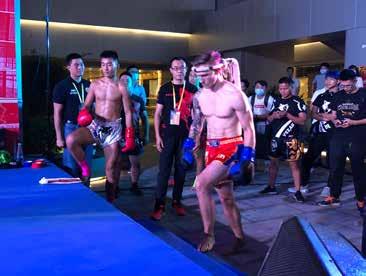
FIGHT NIGHT
I was fighting in the 70-kilogram weight category, the heaviest weight class available, and therefore the last fight of the night.
Just to put that into perspective, after six months of casual training and no fighting experience, I was – by definition – the main event of the night. Looking back now, what in the hell was I thinking?
At 17 years old, my opponent was 10 years younger than me, trained at a gym called Shengli Renhe in Shenzhen. Shengli Renhe is considered the best fighting gym in South China, with fighters competing in the UFC and One Championship. The gym is training athletes to become the best in the world, and this kid was about to hand me the beating of a lifetime.
The preparation for the fight was grueling – six days a week of fight training, four days in the gym and just one rest day. After training, I would stay behind to practice my kicks, pivoting on my foot until the skin peeled away from my toes.
But even this was nothing compared to my opponent – this was his career.
The fight took place in the middle of an outdoor shopping complex in Shenzhen. Spectators packed around the front of the ring and surrounding coffee shops and restaurants on both levels of the mall. Behind the ring was a colossal TV screen broadcasting the event to 800,000 people online. My friends joked that they were all waiting to see me “get knocked out.”
Before the fight and after the weigh-in, we had to stick around for some photos as part of the event promotion. As the only foreigners competing in the event, the two Thai judges took a particular shine to us – they gave us some tips as they knew it was our first fight. They were nice guys, and they seemingly understood just how out of our depth we were. “Keep your hands up!” they repeatedly warned us, before inviting us for a group photo.
When they called my name, I stepped into the ring and threw a simple jab and cross hook for the camera – might as well play it up, right?
Once we were settled in our corners, it began to dawn on me just how tall my opponent was. “How am I going to hit him?”
The referee, dressed in all black with black rubber gloves, called us into the middle of the ring and explained the rules. My eyes never left my opponent’s, and his never left mine; my heart was pounding at this point, “What am I doing here?” I thought.
The referee made us return to our corners, where I received some final words of encouragement from the coaches. The bell sounded, “Fight!” shouted the referee – the moment was upon us.

We both moved to the center of the ring and gave the obligatory fist bump, a mark of respect between fighters. The fight started well. I landed a low kick to my opponent who was slow to block. He tried to return the favor, but I stepped back, and he missed.
Next, I faked a low kick, and as he raised his leg to block, I caught it with my glove and kicked his standing leg. “Yes! I’m winning,” I thought, but that notion was about to, quite literally, get wiped from my face.
We danced around each other for a few seconds, and my hands were very low – my opponent saw the chance, and he threw a lightning-quick high kick which landed straight on my jaw.
A huge collective gasp sounded from the audience, and the blow rocked me. I tried to play it off, but before long I was backed up against the ropes.
I got caught with a flurry of body shots before a hook to the head sent me falling to the canvas. That last exchange must have lasted only 10 seconds, but it felt like an eternity. The sheer power and speed of his attack left me numb and dumbstruck – I was suddenly too tired to think.
I stood up to go again, but I was breathing heavy, and a bruise had already formed on my right ribs. As I moved towards the center of the ring, I took a hit that would hurt for a good month after.
The final action of the first round ended with me taking another barrage of punches and falling to the canvas again. The bell rang before the referee could finish counting – I had somehow managed to survive the first round.
During the one-minute break between rounds, I can’t remember anything that my coaches said. While my physical body was in the corner, my mind had left me.
The Thai coaches were blasting ice cold water on my head, torso and even down my shorts to try and shock some life into me, but it was no help.
We came back for the second round and touched gloves. There was a brief moment when the music stopped, and the commentator paused. It was complete silence as if everyone had suddenly fallen into slumber.
For that split second, I could hear my breathing and the tapping of our bare feet touching the canvas. Suddenly, the roar of the crowd returned, the commentator began to speak, and our coaches were shouting instructions.
One minute into the second round, as if he knew he was about to win, my opponent slapped his fists together.
I stepped forward to kick, and in one swift movement, he moved his leg back, making me miss. In the same move, he stepped forward for what appeared to be a low kick.

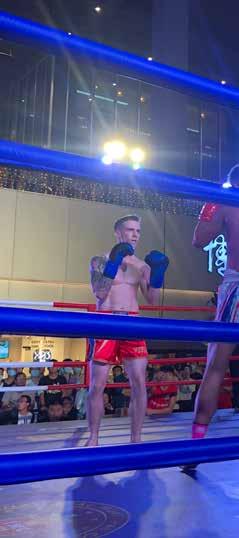
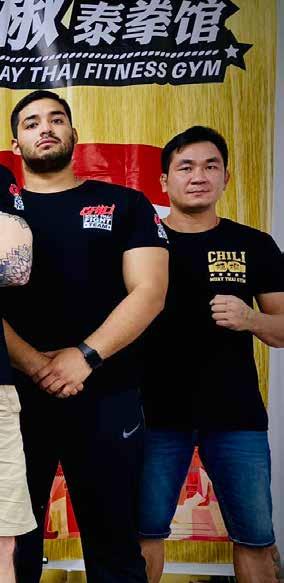
His leg was like a whip, the way it flew straight and accurate towards my leg before suddenly whipping and curling towards my face. His leg snapped against my chin, right on the same spot as before, and it sent me flying to the ground.
I was sprawled out on my stomach, and the referee called the end of the fight – he had knocked me out. My coach was immediately in the ring, and they turned me on my back. Two doctors rushed to the ring to check that I was alright and hadn’t been concussed. I can’t remember what they said, but I was staring at them all and nodding. I slowly sat up, and after a few seconds, got to my feet.
With the adrenaline still coursing through me, I was pushed to the center of the ring, where two scantily clad ring girls draped a medal around my neck, which should have read: “Congratulations on getting knocked out.”
As I walked backstage to collect my things, I looked over at the Shengli Renhe fighters. They had several athletes competing at different weight classes, and they had accumulated more than half a dozen trophies on that night alone. In contrast, our team sat in silence, the bitter taste of defeat stewing among us and our consolation medals resting on the floor.
Although they didn’t say anything, the coaches were annoyed that I had been knocked out because my hands were too low.
When I watched footage of the fight, I noticed one significant difference between my opponent and me. My body is stiff and rigid from nerves, and my movements are robotic while my opponent is smooth, his movements flowing like water down a stream.
But isn’t that to be expected? The world of professional fighting is still foreign to me, but for him, it’s as commonplace as chicken feet at dim sum.
With the adrenaline that went through my body and the array of emotions throughout the night, I can see how people get addicted to combat sports and build their life around it.
The beautiful thing for me is that this most likely wouldn’t have happened unless I was in China. There’s no way I could somehow get myself into a professional sports competition back in the UK. Let’s be honest, that’s why we come to China – we are all chasing experiences and hoping to grab these once-in-a-lifetime opportunities.
It’s just a shame mine ended with a kick to the face.

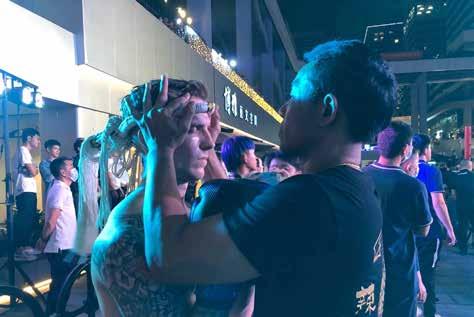
& ARTS LIFE
City Snapshot
@expatphoto p17
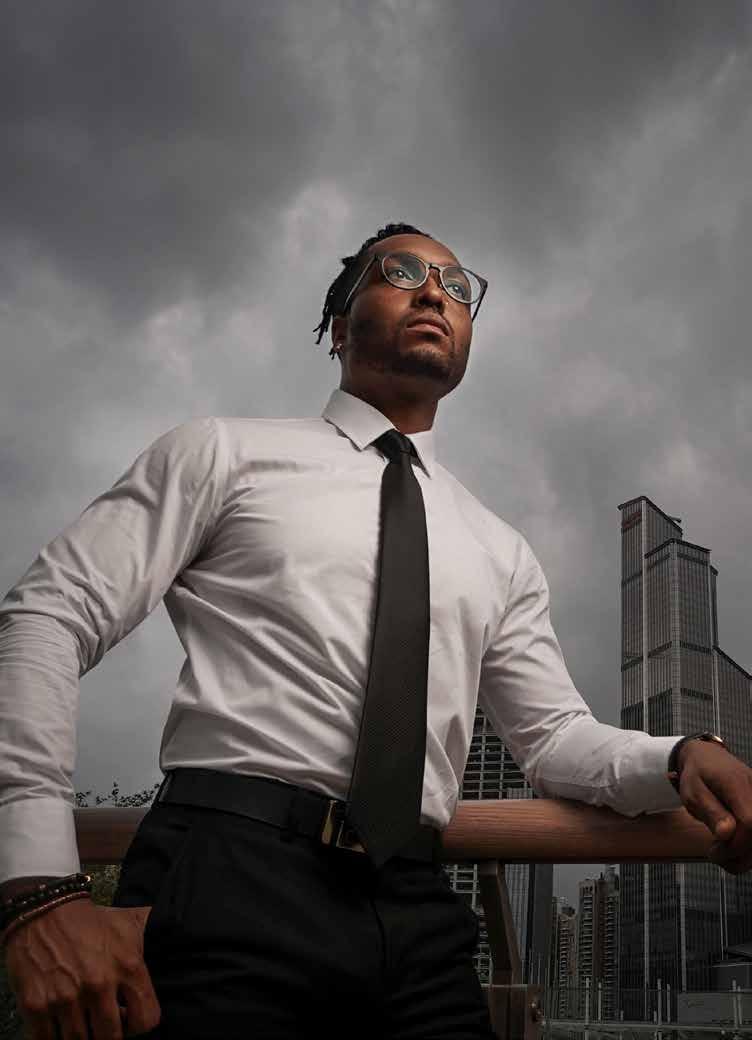
Monkey Prince P16 Sandal Season P18
KYLIE MARCO
Designer
Interview by Phoebe Kut
People always ask Kylie Marco: why fashion? Are you just another girly girl? Well, there are many more layers to this story. Marco truly knows what it’s like not to be confident in how you look. She came out in high school and started transitioning into a woman in less than two years. “Being a transgender woman is a big part of why I chose my path and career,” she tells us. We chat with the dynamic designer and podcast host about her career, her favorite designers and the new line she’s currently working on.

Tell us about yourself. My name is Kylie Marco, and I’m from the Philippines. Back in high school, I came out as gay, and immediately afterward, I started dressing up as a woman. I never knew anything about being trans, but I always went in that direction. Right after high school, I applied to medical school and art school. Weirdly enough, I got into medical school – applying only because of my Asian parents – but not art school.
So I tried it for a year, but that was also the time when I was transitioning. I was at one of the top four universities in the Philippines, and at the time, they wouldn’t allow transgender people to fully be themselves. I wasn’t allowed to wear a women’s uniform, but I would get my top altered to be more fitted.
After the first year, I started having problems with my family and started doing badly in school as I wasn’t interested in pursuing that route. I ended up dropping out of college and running away from home for four months. Eventually, I went back home and patched things up, but I was basically out of school for a year trying to figure out what to do next.
Why a career in fashion? Being trans is a big part of why I chose this path and career. As I was transitioning, I started exploring different fashions – growing up I didn’t have a lot of money. I couldn’t just buy new clothes regularly. So, I learned how to make my own clothes.
As a transgender woman, I have spe-
cial needs – I have broader shoulders than your average Asian woman, and I’m taller. During fashion school, I was designing for three different retail brands, but it wasn’t really my calling. After graduating, I was hired by Francis Libiran, a famous fashion designer in the Philippines, who later became my mentor.
He’s known for his bespoke work in menswear, formal and wedding dresses, and most of what I know now is from him. I worked for him for a year, and then I started freelance designing for my own brand, Custom Kylie Marco, which I still currently do.
When I moved to China in 2016, I worked for a Chinese fashion house and also as an instructor at Esmod Guangzhou, a French fashion school. I was then offered my current job, designing for a lingerie brand.
Who is your favorite designer? Oh, I have a lot. But my top three are Victoria Beckham, Iris van Herpen and Thierry Mugler. I look up a lot to Beckham; her style is feminine, very ‘power bitch.’ If you ask me what my design aesthetic is, I’d say feminine and sexy – I like to highlight the parts of a woman’s body that make her feel most beautiful, working on what she already has to make it even better. Beckham’s designs are not necessarily sexy in a showy way, but very classy.
How Van Herpen sees beauty and finds inspiration in the weirdest things is just amazing. The way it’s executed, she’s also very talented.
My last one would be Thierry Mugler, he’s classic. I like him because his designs were seen as unconventional and timeless. Those are the two things that are hard to find in fashion.
Did you draw inspiration from these designers for the new line you’re currently working on? We are just about to launch, and the inspiration behind the line is warriors. Every collection will be inspired by warriors from a different period and is intended for all to wear. The designs will have influences from queens and royalty from Roman times but modernized and body inclusive. Our main market is North America, but it will be available in China and Europe as well.
> This interview has been edited for clarity and brevity. Follow Kylie Marco at @kyliemarco, @ customkyliemarco and @kyliewthedpodcast on Instagram.

STYLE RADAR
OVERHEARD
The hashtag ‘I support Xinjiang cotton’ was viewed a staggering 4 billion times on Weibo in late March. The fervent show of support came in response to a statement by H&M that they would phase out their business relationship with Huafu Fashion Co. in Zhejiang province due to alleged issues in Xinjiang Uyghur Autonomous Region. The statement, which opened with “H&M Group is deeply concerned,” was originally published several months ago, yet resurfaced on Chinese social media in March and sparked an outcry online.
In response, H&M China declared on Weibo that they remain committed to doing business in China. Chinese social media users were quick to voice their displeasure with the statement, and many hoped that the brand would soon leave China. Others said that the quality of H&M was too low to be deserving of ‘flawless’ Xinjiang cotton.
COVET

House of Avenues
If you want to segue into the world of high fashion, look to House of Avenues, which started in Hong Kong in 2010. Their shoes are bold, creative and feminine – the perfect statement piece to outfits. The brand offers whimsical high heels and bags inspired by pop art and modern culture. Their ethos is ‘say no to a boring life.’
> Scan the QR code to shop.
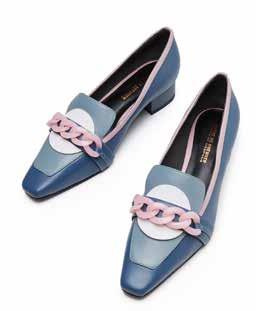
UNDER THE LENS
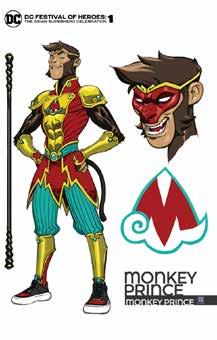
Monkey Prince
To celebrate Asian Pacific American Heritage Month, DC Comics has created a new character based on the legendary Monkey King, or Sun Wukong. The new character, named the Monkey Prince, is part of a special 12page story, inspired by the popular Chinese hero and the tale Journey to the West.
The story is written by Gene Luen Yang, an award-winning writer, illustrated by Bernard Chang and is titled, The Monkey Prince Hates Superheroes. In a press release from DC, the general plot is outlined: “Monkey Prince battles and teams up with Shazam to defeat both the evil Dr. Sivana and a Chinese deer demon spirit!”
The story will be part of a larger 100page commemorative anthology which will be available in comic book stores and online on May 11.
Unsurprisingly, netizens on Weibo were skeptical of this reincarnation of Sun Wukong. One person commented, “It’s the Chinese style in the eyes of Americans again.” Nonetheless, this is still a great way to introduce the character and legend to new audiences and generations.
CITY SNAPSHOT
@ expatphoto
Anton is a portrait photographer known for his dramatic moody portraits in front of some epic Shenzhen landmarks. He lets us in on his creative process: “Whenever I see a majestic landscape or a beautiful city skyline, I always think of a subject, a person who would complement the scene and make it whole. I then send that person a message and tell them ‘let’s go.’
“For the huge flower field in Talent Park, [I thought] a ballet dancer in a summer dress [would complement the scenery]. For the newly renovated Dameisha Park, it was a Brazilian dancer on rollerblades. And for the Futian office skyscrapers, it was Freddy. I saw him at an event, went over to him and extended the invite to shoot.
“There’s a lot of amazing places all over Shenzhen missing the perfect subject. Maybe it’s you. The reason I feel the need for a subject is that it makes the photo more meaningful, more personal. Viewers can relate to that person and imagine themselves in that spot.”
Anton actually started taking photography seriously during the Covid-19 lockdown in 2020. He was stuck in Bali and saw a lot of stunningly beautiful places, but couldn’t capture them right. He said it “pissed [him] off,” so he started taking things seriously by taking online master classes from award-winning photographers, experimenting, practicing daily and upgrading his gear. By August, he had his first clients.
> For more of Anton’s work follow @expatphoto on Instagram.

SANDAL SEASON
10 Liangxie to Cool You Off
Compiled by Rakini Bergundy
Your feet deserve to breathe and bask in the China sunshine. Do them a favor and slip on some stylish sandals to cruise through summer.
Chloe

RMB3,200
Scan the QR code to purchase.
Bottega Veneta


RMB10,200
Scan the QR code to purchase.


Nomadic State of Mind
RMB630
Scan the QR code to purchase.
By Far
RMB3,035
Scan the QR code to purchase.
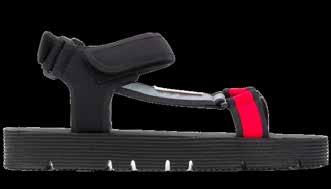
Marni
RMB5,280
Scan the QR code to purchase.
Moncler

RMB1,505
Scan the QR code to purchase.

Teva
RMB547
Scan the QR code to purchase.
Birkenstock

RMB607
Scan the QR code to purchase.
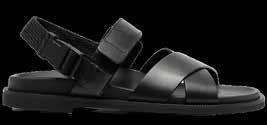
Valentino Garavani
RMB5,600
Scan the QR code to purchase.

Ancient Greek Sandals
RMB736
Scan the QR code to purchase.
MAN POWER
Men’s Wellness Groups Do Exist in China
By Rakini Bergundy
Men need other men. Especially as an expat in a transient environment like China, finding new friends, let alone connecting with them on a deeper level, is sometimes hard.
That’s where men’s support groups come in. Although not commonly advertised or spoken about, these groups are vital in fostering positive masculinity and act as an open space, a place without judgement where men can build friendships and check in on one another.
Embodiman Shanghai is a meetup founded by Aussie native Kurt Tropiano in China’s most cosmopolitan city. From a young age, Tropiano’s mother taught him breath work and meditation to help him sleep and calm his thoughts. As he grew up, he remained interested in health and wellness and even joined these types of men’s support groups in Canada and the US.
“We live in an imbalanced society, where men and women alike, are disconnected from their true power. Society holds a tainted view of what it means to be a man. We are rarely permitted to be deeply vulnerable and to share that vulnerability with others. I wanted to hold space for men to be able to discover their true masculine power, to be able to foster the tools to support them toward their highest self and for us to create a community, a brotherhood,” Tropiano tells us.
Earlier this year, Tropiano and his wife welcomed their baby girl into the world. It was his journey toward becoming a father that sparked his desire for a community that would support him in this new role. He figured if he was seeking, then others would surely be as well.
“Other guys are going through similar things, it’s all very common. I wanted to create a space where men can come together and be real. We don’t need to talk shit; we can be open with what’s going on in our lives, what we’re celebrating and to learn new things together.”
The first session was in September 2020 with eight members. The group has since organically grown to more than 30 members who meet monthly. As his offering to the community, the sessions are typically free, unless a special workshop is organized. He jokes with us, though, that the members drink cacao every session, and they will have to start chipping in for that eventually.
Tropiano also welcomes other mem-

bers to lead sessions. To date, the group has explored topics such as holotropic breathwork, meditation, cold water immersion, underwater breath holds, Wim Hoff breathing, sharing circles, cacao ceremonies, topics with an Australian men’s sex expert, tai chi, animal flow and macework.
The group is open to every man who wants to find their best self and better the community. He acknowledges that the first session for newcomers may be uncomfortable initially as it’s not your usual Friday night pub meetup.
Neil Lee, a member of the group, tells us, “It’s created a safe environment for me to be vulnerable with men. In society, guys are taught to be strong, to never let their guard down, and always have it together. When you tie in something physi-

cal like breath work, it refreshes you as a person physically and spiritually.”
Tropiano hopes that men will take home something positive from these sessions, share it with their community and continue to spread from there.
Down in Shenzhen, similar communities virtually exist on WeChat.
Ben Raja is part of a daily self-improvement WeChat group, which a friend added him to. The group is quite casual, comprised of around 60 members and is dedicated to positive mindset thinking. In the group, men and women share ebooks and articles related to health and wellness.
Raja remarks that he enjoys his involvement in the group as it “tends to breed positive conversations.”
> For more information about Embodiman, visit their Instagram @embodiman_shanghai or contact Kurt (WeChat ID: KTropiano) to join the WeChat group.
TRAVEL
Wild Smiles
ByFab Photography on The Art of Capturing Human Emotion p26
